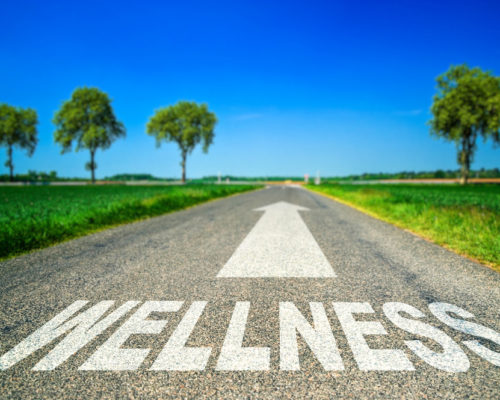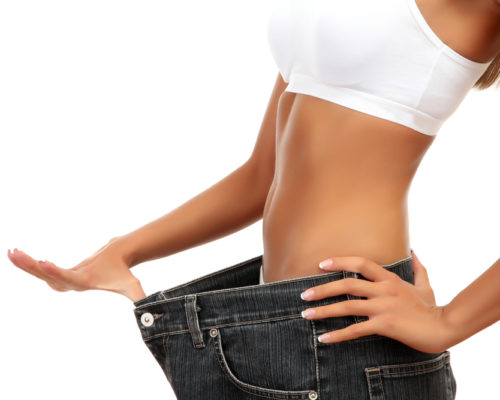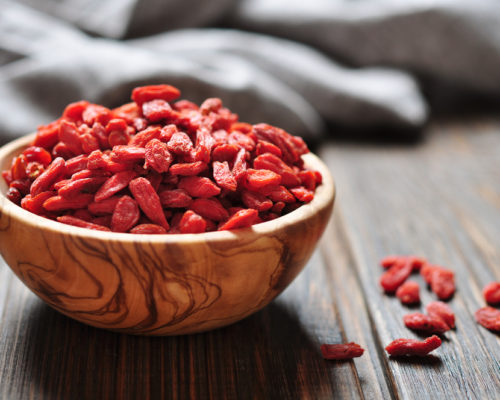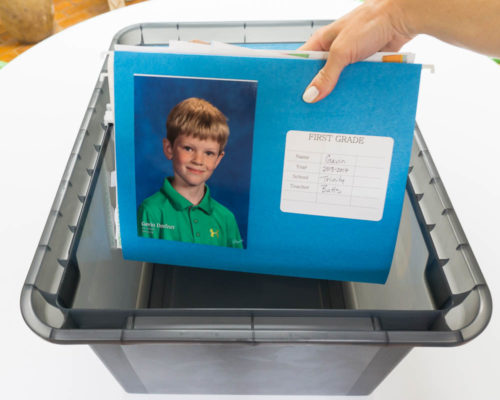I’m a frequent flyer when it comes to my dermatologist. I started going at a young age and it’s a regular thing for me.
As a teenager, I went to control mild acne. As a young adult, it was about getting rid of sun-damage as a teenager (a.k.a. getting rid of moles and receiving lectures). ….And as a full-grown adult it is about cancer-prevention and anti-aging.

So, let’s get to the anti-aging part. I’ve seen numerous dermatologists and there seems to be a theme. Sunscreen and retinol. I’ve heard this over and over.
I started a prescription retinol (retinoid, we’ll get to the difference in a minute) 3 years ago and it was transformative for my skin. My pores, which you could spot from the moon, shrunk. My skin is smoother and those fine lines got finer and pretty much disappeared in most places.
I have to say a dab’ll do ya! Less than a pea-sized amount for my entire face every night. And I have to slather on the sunscreen every morning (which I do anyway rain or shine with my fair skin).
So, what is retinol anyway? Retinol is a form of retinoid, a derivative of vitamin A. It’s commonly used to give your skin a healthy boost by minimizing fine lines and wrinkles, smoothing texture, and diminishing hyperpigmentation and dark spots. It speeds cell turnover and boosts collagen production. It’s like the magical cream for aging skin, which starts in our late 20’s by the way.
Another wonderful benefit is that it unclogs pores. One that has always been a constant struggle for me. I was a facial addict before I started retinol. Every six weeks! Now, I just get facials as a treat while we’re on vacation.

What’s the difference between Retinol and Retinoid?
In a nutshell…both are retinoids, which is a form of vitamin A. Retinoid is the prescription form. Retinol is a weaker version (generally found OTC).
OTC vs. Prescription
Where do you start?
Over the counter is the mildest. The active ingredient for OTCs will be a low level retinol or retinol palmitate. This might be a good way to start to see how your skin handles it. The only problem is you might not see results as soon as you would with prescription or as defined for that matter. OTC retinol is great, but the benefits flatten out in 6 months to 1 year.
Prescriptions on the other hand, which I’m clearly a fan of, are around 20 times stronger than OTC. Retinoids (retinol) appear as tretinoin, tazarotene or adapalene on the label. Brand prescriptions include Retin-A, Retin-A Micro, Renova, Atralin, Avita, and Avage. Those with tazarotene would be Tazorac and those with adapalene would be Differin (the latter two used for acne). A mouthful right?
If you’ve been using OTC and you’re just not seeing the benefits anymore. Step up your game and go see your dermatologist to get a more potent version of retinoid.
Biggest mistake when using retinol.
One downfall of the strong stuff is that you can easily use too much. Skin can become very red and flaky when this happens. I have several friends that stopped use because of this. If it happens, no biggie. Just take a break and when your skin calms down, use the tiny bit you’re supposed to use. Also, you’re skin needs to adapt, so give it some time. When you first start using it, no matter how little you’re using, your skin might be a little red. That redness will calm down in about a week.

Here’s how you use it
- At bedtime, wash your face and let it dry for 15-20 minutes. You’ll get more benefit from the product when you do this because it takes a while for water to leave the skin from your shower and you don’t want to dilute the product.
- Use less than a pea-sized amount of retinoid for your face, neck and décolletage. (Or the amount prescribed by your doctor).
- Follow up with your normal skin care regime.
Tips if you’re sensitive
Start off using it only twice a week, then step it up to 3 times and eventually every day when you’re skin can tolerate it.
Also, the skin on your forehead and cheeks are thicker so let the product touch these areas first, then work your way out.
What to avoid
Harsh cleansers, toners, AHAs and BHAs (glycolic, lactic, salicylic acids) and zit creams with benzoyl peroxide, which can actually deactivate retinoids. I discovered this the hard way when my toner, which is a french brand (all the ingredients on the back are in french) was a bit strong for me. I googled it to find its ingredients and it was a strong AHA. All it did was make my face red for a day.
Finally…
I’m not a dermatologist, just an avid user with good advice. If you are interested in starting a retinol regimen, you can grab some at the drugstore or go straight to the top and make an appointment with your dermatologist! It really has worked wonders for my skin so I highly recommend it!
xo-
Megan







